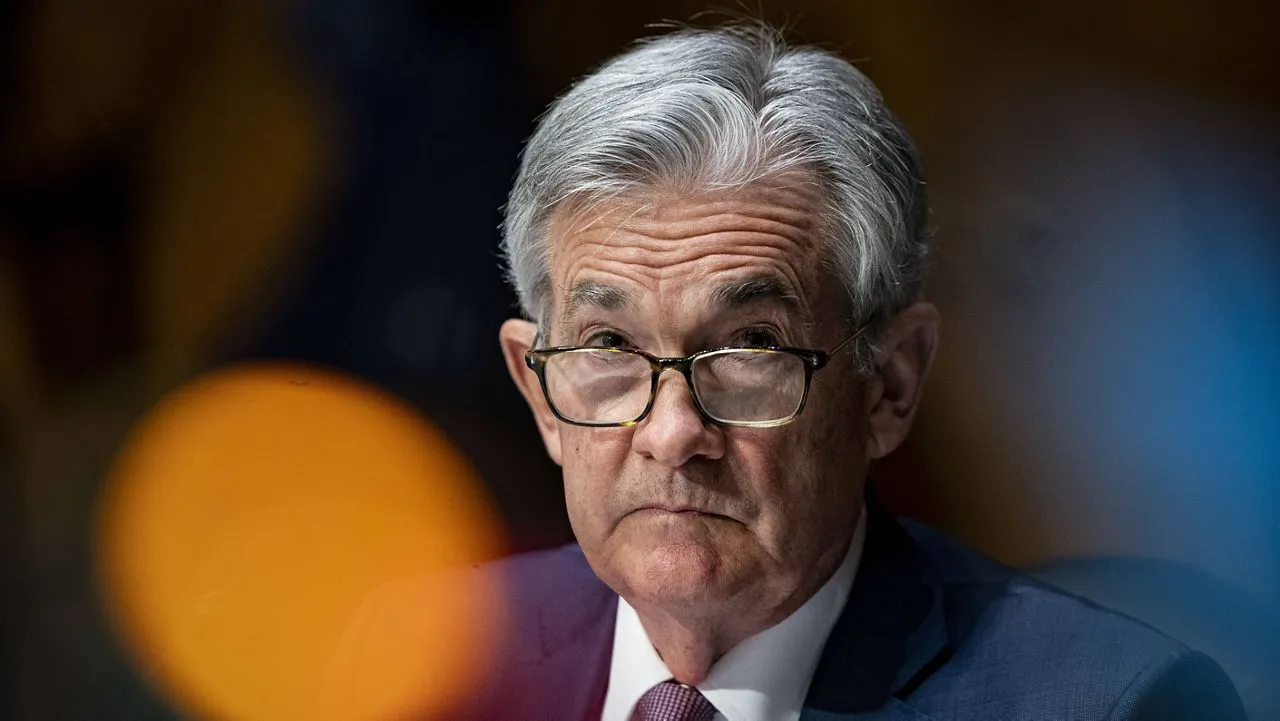The stock market may take yet another nosedive due to unusual movements in short-term interest rates. Overall, those numbers indicate investors are concerned about the economy, despite the fact that they may sound wonky at first.
This two-year Treasury yield is currently at 4.16%, below the 4.75% federal funds rate that the Federal Reserve can raise or lower when it wants to accelerate or slow down the economy depending on what it is trying to achieve. As a result, the market has begun to assume that the Fed will cut the fed-funds rate, which is the rate banks charge one another to borrow money overnight.
In general, one would expect the yield on a two-year bond to be higher than that on a fed-funds bond because, because of inflationary risks and changes in interest rates, investors demand more returns on securities that mature later. On the other hand, there are times when the yield on a two-year bond is less than the Fed Funds rate.
Wells Fargo reports that since 1999, there have been nine instances of this so-called inversion occurring in the financial system. There was a tendency for fixed-income investors to cut interest rates when the economy was viewed as being under stress, which was a result of this belief.
It is likely that similar thinking is taking place right now. As the Fed makes funds available, concern about bank failures is decreasing, but banks may remain reluctant to lend given the higher returns available from money-market funds and possible tougher regulation. In turn, that could slow the economy and hurt spending.
In the meantime, however, the nine rate increases the Federal Reserve has rolled out in a bit over a year may still have an effect on the economy.
Stocks aren't likely to be doing well in that environment. Companies' earnings would be affected by a weaker economy. Stock prices would be hurt by that, but eventually, rates would be cut, stabilizing demand for goods and services.
Chris Harvey, Wells Fargo's chief U.S. equity strategist, wrote, "This extreme inversion may signal economic/equity turmoil ahead.".
Historically, this has been proven to be true. It was inverted in January 2001 when the yield on two-year Treasury bills and the fed-funds rate went down. A more than 30% decline occurred between that point and the low in 2002 for the S&P 500 SPX +0.31%. Market benchmarks lost more than 40% through their low point in 2009 due to the inversion that occurred in September of 2007.
Although stocks would likely experience significant losses during a decline like that, economic conditions would need to be at least as dire as the financial crisis of 2008-2009.
The stock market is rising now, but the bond market says it might take longer for the economy to recover from last year's slump. It might just take one last fit for the stock market to resume its sustained bull run.

Subscribe to our newsletter!
As a leading independent research provider, TradeAlgo keeps you connected from anywhere.








